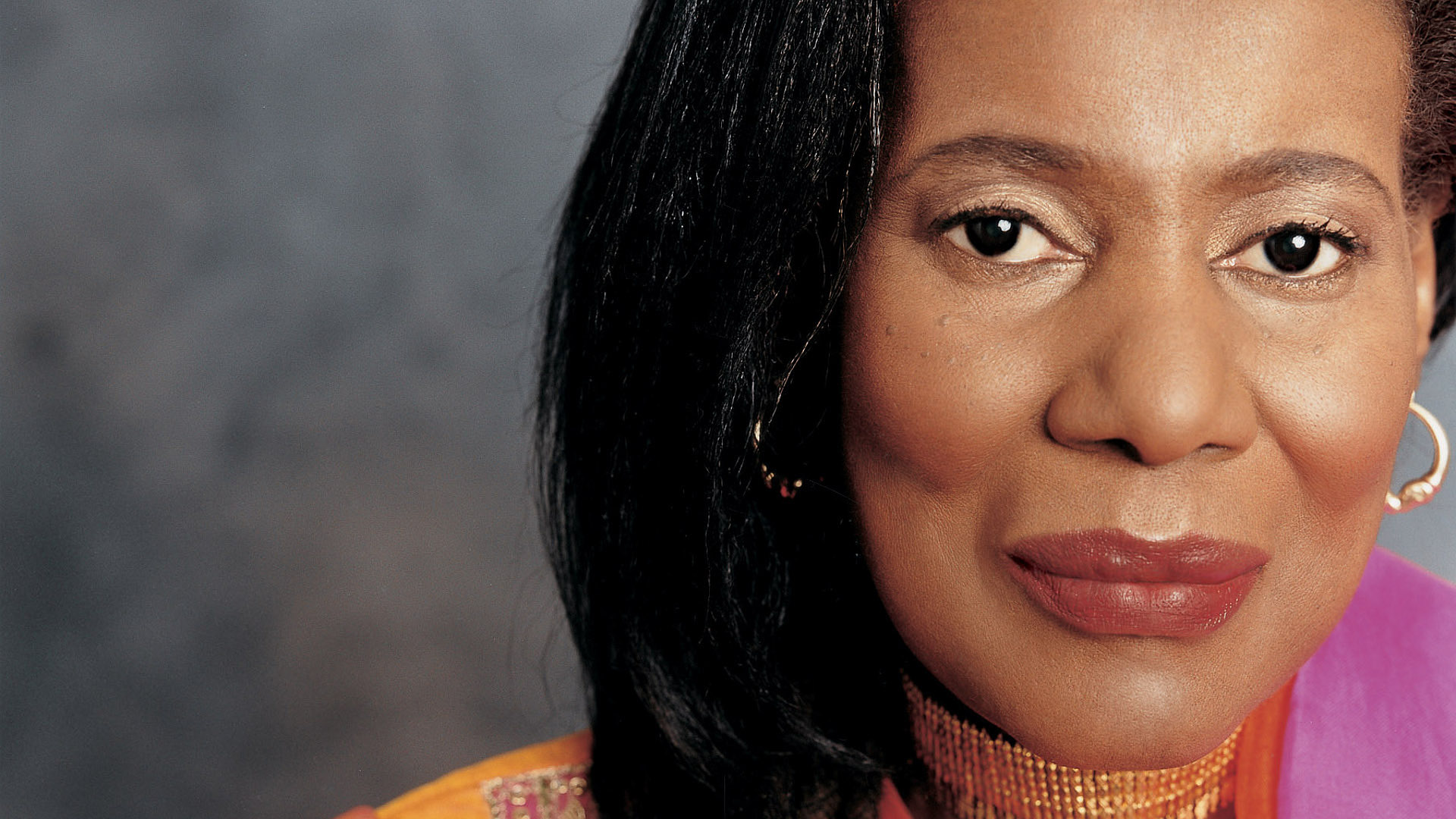

Photo: Chuck Stewart
John Coltrane (September 23, 1926 — July 17, 1967)
Alice Coltrane (August 27, 1937 — January 12, 2007)
After Trane, what does one do. In his latter years, John Coltrane produced music that was on a different level. No longer mainly “Favorite Things” in 3/4. The music of his last years was utterly cosmic, which meant that healthy portions of it was chaotic, the chaos of the universe coming into existence. Exploding. Expanding. Literally taking up space while taking shape, physically and philosophically it’s the birthing process which we all are born into, born out of. The making of meaning from the incoherence, the formlessness of all possibilities existing simultaneously. Our life is simply one of a myriad of possibilities; as much what we make of the gift of life as what we are given by the context of time, place, and circumstance.
Form is an afterthought. A way to impose meaning on moments of existence that spontaneously come into being. Most of us are most comfortable with form, reject the inchoate jumble that eventually we shape (or shapes itself) into something we recognize. Conception is actually just the process of giving coherence to the accident (or should we say, the happening, the unpremeditated happenings, such as the fertilization of the egg transforming into embryo).
BCT Records – BCT-1972 https://www.discogs.com/release/13701911 Recorded live at the Berkeley Community Theater, 1972. 7. 23.
1 Journey in Satchidananda 00:00
2 A Love Supreme 21:25
3 My Favorite Things 40:12
4 Leo 56:08
Bass – Charlie Haden
Drums – Ben Riley
Harp, Organ, Piano – Alice Coltrane
Sarod – Aashish Khan
Tabla – Pranesh Khan
Tambora, Percussion – Bobby W.
Coltrane made music that was sound before being formed into the sounds we recognize as music. Downbeat magazine called the music Trane created with Eric Dolphy “anti-jazz” nevertheless Trane went on to make cosmic music that was way beyond anti-jazz. Trane with his conceptions and his horn, as well as with his cohorts, collectively they made both musical order as well as the chaos out of which order came–know this, order comes from chaos and not the other way around: order does not come first. When one is reared appreciating order, well then, chaos is often unacceptable even though order is nothing more than chaos locked down into acceptable patterns, i.e. order.
Which brings us to Alice Coltrane, she not only understood but, like Trane, she was expert at both chaos and order, paradoxically, the order she generated included traditional Black gospel as well as traditional expressions of religious music and chants from India. Plus, she is an adept at modern jazz, expert as both a concert pianist and a master of an unique-in-jazz organ sound. Add to that her ability to expertly play the harp. Alice Coltrane is nothing short of an avatar of modern music.

There has been no other musician who took up where Trane took us and then went on to go beyond. That they were married, reared a family, in addition to producing unequaled and unique music, that’s just plain other-worldly. Alice Coltrane. Both our roots and our future.
